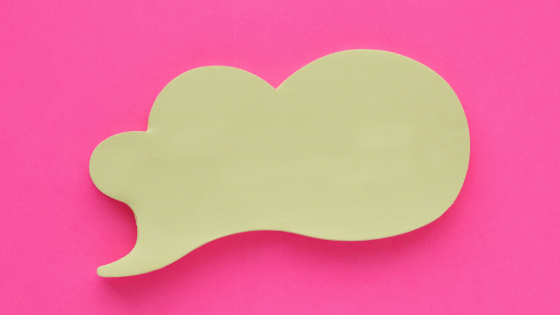As you may have seen on my Instagram page, I just moved from one side of the state to another.
The move has been a lot of labor, but I am beyond thrilled to make our new place a home and to set some new habits. This post focuses on a change that has been a long time coming.
We originally wanted our bedroom to be the big room on the second floor, but due to the unique shape of the room (it’s a big “L”), we had to convert a smaller room into our bedroom and the L-shaped room into my home office (no complaints here—it has three windows!). This means that our bedroom comfortably fits our bed, each of our side tables, my dresser, and Lucy the chihuahua’s bed. In other words, it’s not going to be a “hang-out” room. The day that we moved our bed into the square room, I made an important decision: in order to keep the bedroom a peaceful space, I wouldn’t check email or social media in that room.
Why Limit Tech Use in the Bedroom?
I made this choice for two main reasons: 1) I know that blue screen use before bed isn’t great for me, and 2) I’ve been working on limiting my phone use in general, and I know one of my most well-worn habits is checking email/social media before I sleep and after I wake.
My recent slowductivity research fascination has been around the ways technology functions in my life. A common thread throughout the literature I’ve read is the intentionally addictive functionality of social media and email apps. Researchers often point out that we refresh these types of apps by “pulling down” on the screen like we’re activating a lever and then we wait for the screen to refresh and present possible new emails, likes, or comments. Our phones have literally been designed to function like slot machines. Since I learned this, I have been much more aware of how incredibly often I pick up my phone during even short breaks between tasks, when I feel blue, or when I am bored—in other words, when I’m craving the dopamine hit of a new email or heart or notification.
How I Shifted my Practice
I know that changing a habit can be hard work, so I set myself up for success by doing two intentional actions:
- I told my Sweetie that I will not be using social media or checking email in the bedroom, which means I have someone else holding me accountable to my goals.
- I deleted the Instagram and Gmail apps from my phone, which means if I want to access them, I have to log in via the Safari app on my phone. Having to click through multiple pages and enter login and password information in order to access the sites provides me with a little more time to decide whether or not I truly want to check them or not.
What I Learned From this Practice
Shifting my phone use in the bedroom has had some great effects. I decided that I also do not want to do any work in the bedroom, so the laptop is banned from bed, too. This is a huge shift, because I used to work from bed a lot, but working in my office or at a coffee shop has helped me to set healthy boundaries around my productivity and be more focused on work when I’m working and on rest when I’m resting.
I’ve also been intentionally practicing not looking at my phone during short downtimes, like when I’m waiting in the car for someone to run into a store, in a waiting room before an appointment, or on walks. Instead, I’ve replaced my phone routine with mindful breathing and taking in the colors, plants, and people around me, and I feel calmer as a result. Perhaps most meaningful, I’ve been more aware of my social media and email use in general, so I’ve been catching myself and choosing not to automatically check email or Facebook or Instagram on my laptop when I need a break from work. Instead, I’ve been shutting the computer entirely and taking intentional breaks. I’m thrilled about these runoff habit shifts I’ve experienced just from pairing tech restrictions with the space of the bedroom!

You can pair a new habit with a change in your life, be it a place—moving apartments, new office, or even rearranging your space—or with a change in the calendar—a new semester, season, or time of day. Think of a realistic change you’d like to make and tie it to a CUE. Your cue can be physical (like me entering my bedroom) or an emotion (like me feeling bored and reaching for my phone). Connect your new habit to a clear purpose or reason (mine is that I want better sleep and to rebel against the addictive function of my phone). You can make a post-it sign, phone wallpaper, or timed pop-up notification to remind yourself what to do or not to do. If you feel an urge to do your old routine (in my case, picking up my phone and starting to enter email or social media into the browser), try asking yourself these three questions, which I learned in Catherine Price’s How to Break Up With Your Phone: “What for? Why now? What else?”
Track how your habit change affects you over the next few weeks. What feels different? I can report that I feel calmer, more present, and more mindful since I stopped checking my phone in the bedroom, and as a result, in general.
If you’re interested in reading more about intentional tech use, check out Jenny Odell’s How to Do Nothing (my favorite read so far this year!), Cal Newport’s Digital Minimalism, and Cody Cook-Parrott’s Instagram TV spisodes on social media.
Newsletter
Sign up below to access my free newsletter, Tending with Dr. Kate Henry.

